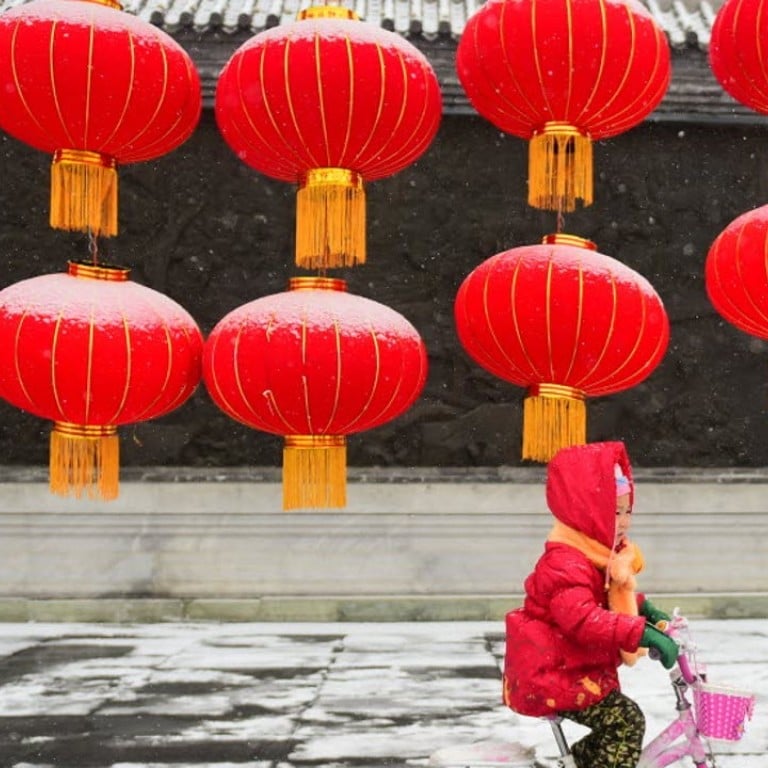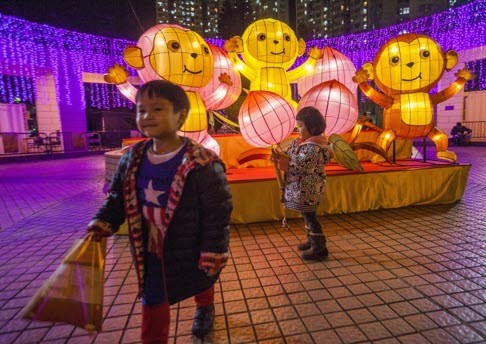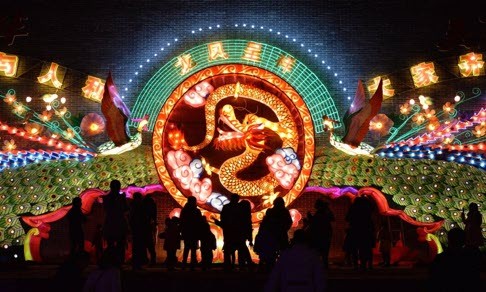
Lantern Festival: five things you need to know about the Chinese version of Valentine’s Day
Today in Hong Kong, across China and around the world, millions of people will come together to celebrate Lantern Festival, or Chinese Valentine’s Day. The event is characterised by its iconic red Chinese lanterns, which are lit to represent hope for the year ahead. Here we take you through the traditions and meanings behind this ancient festival.
1. It’s more than 2,000 years old
Lantern Festival is celebrated on the fifteenth day of the Lunar New Year – as the first full moon appears. Its origins date back to the Han Dynasty (206 BC-AD 25), when Buddhist monks would light lanterns in order to worship Buddha. Releasing the lanterns, which are red for good luck, symbolises people letting go of their past selves and embracing new identities for the coming year.
Lunar New Year fireworks: Best of Hong Kong pyro show on social media from different vantage points

2. It’s also known as Chinese Valentine’s Day
Traditionally, the festival was one of few days in the year when unmarried women were allowed outside without a chaperone, giving them the chance to socialise with potential suitors. Lighting lanterns is also seen as a sign of a hope for blossoming romances.

3. Hongkongers can celebrate it at several public events - or just enjoy a family meal

A free lantern carnival will also take place at the Hong Kong Cultural Centre Piazza in Tsim Sha Tsui from 7.30-10.30pm.

4. It marks the end of New Year taboos
Throughout the first 15 days of the Lunar New Year, certain superstitions abound. Among the concepts thought to bring bad luck are a crying child, a hospital visit, ripped clothes, breaking tools or equipment and giving gifts such as scissors and clocks. Lantern Festival signifies the end of these taboos – until next year.

5. It’s even got its own Google Doodle
The festival has been well and truly embraced by search engine giant Google. Its doodle for the 2016 celebrations features two people setting off lanterns from a jetty.
Google spokesman said: “Guest Doodler Patrick Leger chose to honour this day with a tribute to the lighting of paper lanterns, which speckle the night sky on this special occasion.
“The lanterns represent a smooth transition into the new year and the shedding of one’s past.”

